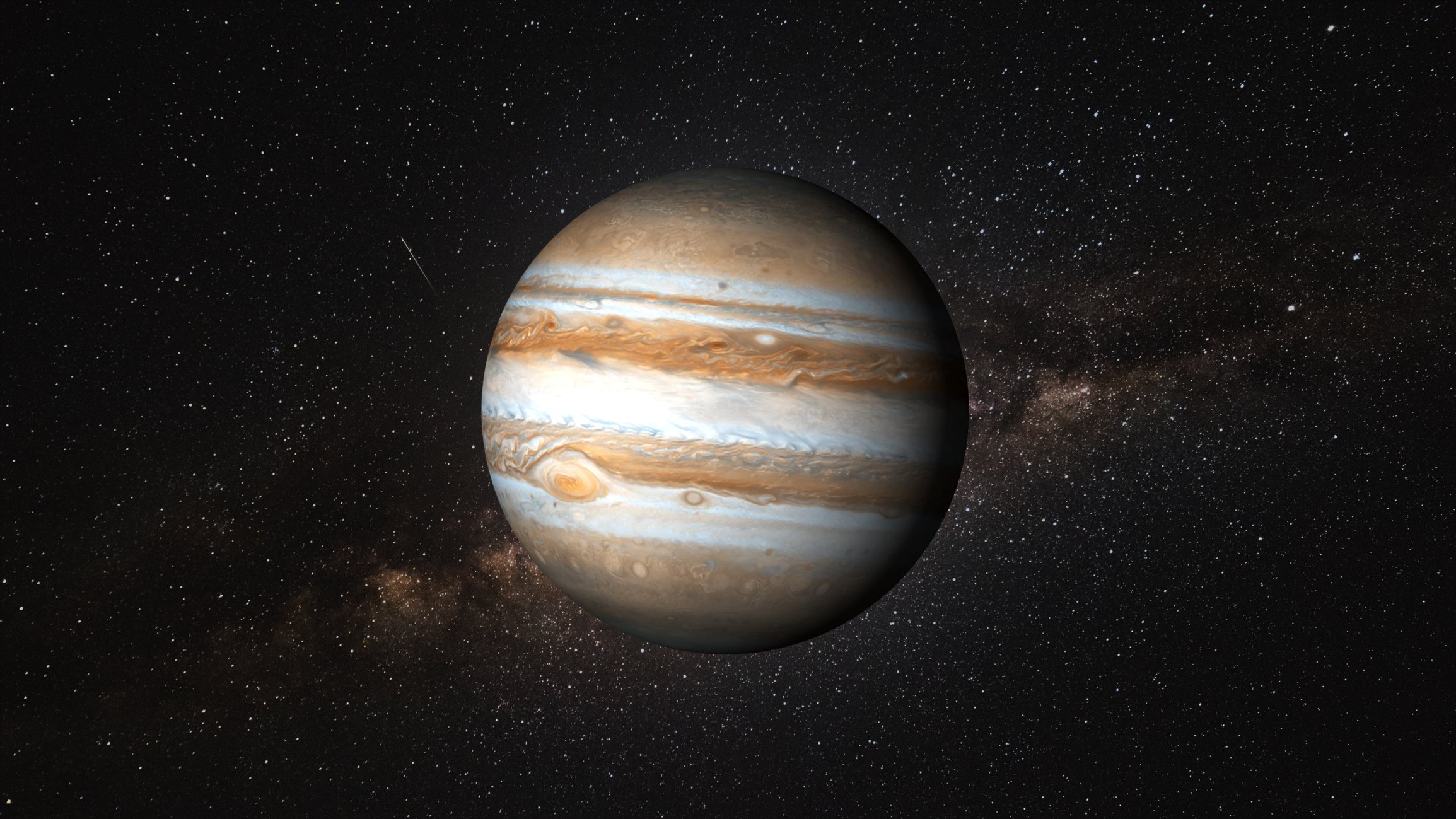With a diameter of almost 143 thousand kilometers It’s only natural that the planet hit the hardest by lost space objects is Jupiter.. However, as mundane and sharp as they may be, these flashes marking the collision are hardly documented by scientists due to the massive celestial body’s very dense atmosphere.
This is how it happened On August 29, at 1:45 am in Japan (1:45 pm on August 28 in Brazil), a cosmic rock collided with the solar system giant, causes a brief flash of light. The glow was first detected by the OASES and PONCOTS astronomical observation projects in Okinawa.
But it was up to an amateur astronomer to videotape this very brief moment of the collision of the space rock on Jupiter. The images were posted on the MASA Planetary Log profile, on the social network X (formerly Twitter). After other X observers confirm the same observation, scientists will investigate the object’s size, type and whether it belongs to our solar system.
Attracting potentially dangerous objects into the Solar System
????????????????????????????????????
…??????(^^;
????2023?8?29?1:45???28?16:45???https://t.co/UYhnvAmA63https://t.co/Y7nCHtJq4k pic.twitter.com/g0FerdyoVg— MASA Planet Diary (@MASA_06R) 29 August 2023
Although rare to detect, collisions of faulty space objects on Jupiter are more common than you might think. According to experts, Drops like last month occur 12 to 60 times a year. Meanwhile, occasional visitors include invading comets and asteroids, mainly due to its size and the very strong gravitational pull of the gas giant.
This effect of Jupiter’s gravity is also contributed by the planet’s proximity to the asteroid belt, which lies halfway between the orbits of the giant and Mars. In this way, some of these rocky bodies orbiting the Sun can be pulled into Jupiter as a possible alternative orbit is attempted.
Some astronomers argue that: The largest planet in the solar system actually does a protective service to Earth by keeping these stray space rocks off our planet.. Because of its size and gravitational pull, Jupiter absorbs potentially dangerous objects approaching the solar system, even pushing them out of our orbit.
The most famous impact on Jupiter: a shattered comet
an unprecedented discovery — A comet orbiting a planet, not the Sun — It was published by astronomers Carolyn and Eugene M. Shoemaker and David Levy on March 24, 1993.
This dazzle was short-lived, however, because after a little over a year, The comet (Shoemaker-Levy 9) named after its explorers hit the planet violentlyIt has a force equivalent to the explosion of 300 million atomic bombs.
NASA explained in a briefing at the time: “The impact of Jupiter’s tidal forces had already shattered the celestial body, and the fragments eventually collided with Jupiter between 16 and 22 July 1994.”
Follow the latest developments in science and technology at TecMundo. If you want, take the opportunity to learn a little more about the planet Jupiter and its Galilean moons.
Source: Tec Mundo
I’m Blaine Morgan, an experienced journalist and writer with over 8 years of experience in the tech industry. My expertise lies in writing about technology news and trends, covering everything from cutting-edge gadgets to emerging software developments. I’ve written for several leading publications including Gadget Onus where I am an author.













